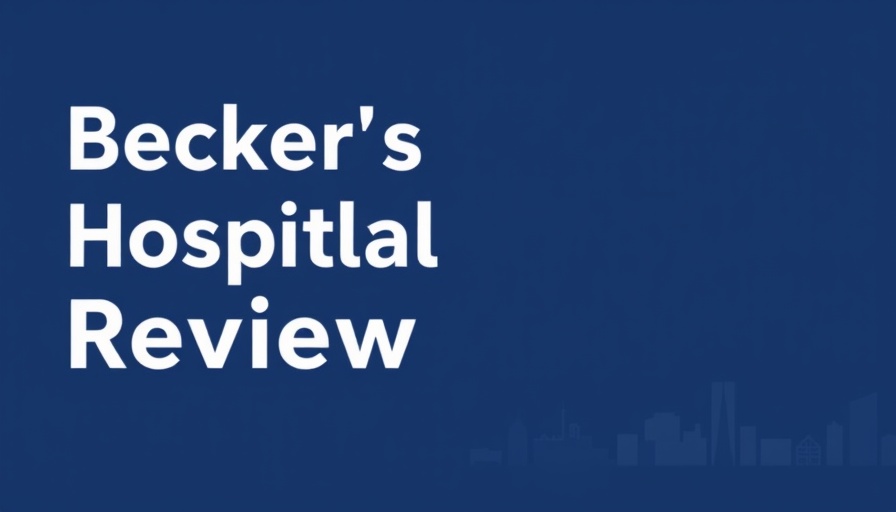
Understanding the One Big Beautiful Bill Act
On July 4, President Donald Trump officially signed into law the One Big Beautiful Bill Act, fundamentally altering various financial aspects of healthcare legislation. The act, passed by the Republican-led House and Senate, aims to reshape the landscape of healthcare funding and regulations over the next decade. Let's explore the implications of this significant legislation, particularly for independent healthcare providers and rural health clinics.
What Does the Bill Mean for Medicare Reimbursement?
One of the key components of the bill involves changes to Medicaid and Medicare funding, which could have profound effects on reimbursement patterns for healthcare providers. Over the next ten years, the legislation is projected to reduce Medicare reimbursement rates significantly, potentially influencing how services are billed and compensated within the healthcare system. For independent physicians and rural health clinics, understanding these changes is crucial for navigating potential financial impacts.
Rural Health Transformation Program Funding
The bill earmarks $50 billion over five years specifically to bolster rural healthcare systems through the Rural Health Transformation program. This initiative allocates $10 billion annually from fiscal year 2026 to 2030. Such funding can create opportunities for family practice doctors and urgent care clinic directors to enhance local healthcare delivery, invest in technology, and ultimately improve patient outcomes in underserved areas.
Revised Access to ACA Premium Tax Credits
Another critical aspect of the bill modifies access to Affordable Care Act (ACA) premium tax credits. By restricting eligibility for certain individuals, particularly those ineligible due to immigration status, the law could affect coverage options for many. Healthcare providers should be prepared to assist patients in navigating these new complexities, ensuring that they understand their options while promoting healthcare compliance and support for uninsured populations.
Future Implications of Medicaid Work Requirements
Beginning in January 2027, the bill mandates Medicaid work requirements for certain beneficiaries. Individuals will be expected to fulfill at least 80 hours of work, community service, or educational participation monthly, which could increase patient compliance and engagement in their health. This change poses both opportunities and challenges for healthcare providers, who must adjust their workflows to accommodate these requirements and support patients through the transition.
The Impact of Enhanced Federal Oversight
This legislation also proposes stricter criteria for Medicaid provider taxes, ensuring standardized application across state programs. For independent pharmacies, this could mean adjustments in taxes and operating costs, necessitating careful planning and potentially leading to cost savings through greater efficiency in tax management.
Challenges for Independent Physicians and Practices
Amidst the changes imposed by this bill, independent medical practices may face challenges regarding insurance underpayments and billing procedures. The looming alterations to Medicare and Medicaid could create a ripple effect, impacting practice revenue optimization strategies. Providers should consider implementing practice automation and healthcare business tools to navigate these shifts effectively.
Utilizing Healthcare Business Tools for Optimization
To mitigate challenges from changing reimbursement rates and the evolving regulatory landscape, independent pharmacy owners and physicians are encouraged to embrace healthcare automation. Tools such as voice AI agents for missed call automation and digital front desks can streamline operations, ensuring that patient engagement remains robust while minimizing gaps in service delivery.
Conclusion: Moving Forward with Adaptability
As healthcare dynamics shift with the passage of the One Big Beautiful Bill Act, independent practitioners, especially in rural areas, must remain adaptable. With increased federal oversight and an emphasis on work requirements, healthcare providers can leverage available resources and funding to thrive amidst these changes. Investing in small practice benefits and continuing education should be part of a strategic approach to these new realities.
 Add Row
Add Row  Add
Add 




Write A Comment